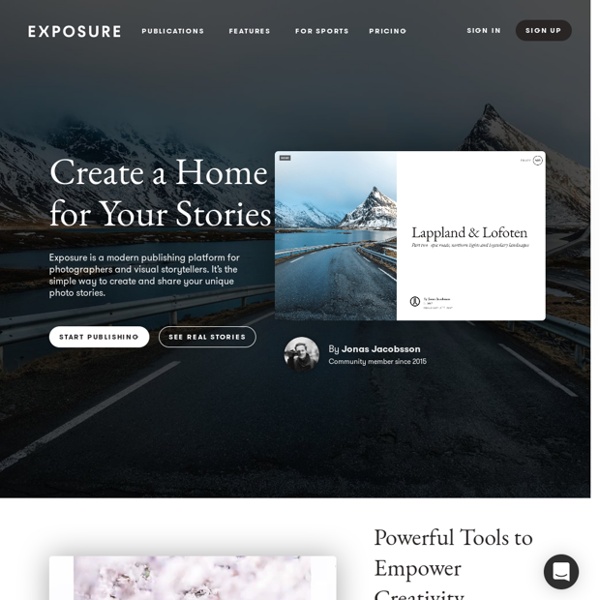Hello - Exposure

Print your identity photos without software
Don't miss anymore your . IdPhotoLand is the tool that you need. While being completely free, you will appreciate his ergonomics and its functionalities. It will remain you to print them on your photo printer, on any self-service digital photo kiosk or by online digital photo developing service. - Easy cropping compliant to the ISO/IEC 19794-5 standard - Choice of the final photo size - Resolution control - Red-eye removal - Brightness, contrast and saturation adjustments - Photo quantity on the board settings - Possibility of taking part in the gallery contests - Saving file of the board in jpeg format - Completely Free use - No subscribe needed - No software installation - No cookie needed - No javascript needed - No Java use - The pictures uploaded in the application remain confidential and are immediately deleted of our server - Only the photos to the gallery destination become public on your request
Sokratik
Invitations, Collages, Slideshows and Scrapbooks – Smilebox
Yarny
15 conseils pour réussir vos photos
1: Maitriser les notions de base Prenez le temps de lire ce guide sur les notions de base pour apprendre à maitriser la vitesse de l’obturateur du boitier, l’ouverture du diaphragme et la focale de l’objectif, la sensibilité ISO du capteur, ainsi que la profondeur de champ. Avec ces quelques paramètres, le photographe maitrise parfaitement l’aspect qu’il veut donner à une image, il est donc essentiel d’acquérir ces quelques notions théoriques simples. Exemple 1 : Une vitesse d’obturation élevée, ici 1/800 de seconde, permet de figer le mouvement de la catcheuse. 2 : Bien connaitre son matos Ne lisez pas le mode d’emploi à la dernière minute ! Maitriser les réglages de votre boitier : une règle essentielle pour réussir vos photos ! 3 : Observez et soyez réactif Idéalement, une photo doit raconter une histoire : n’hésitez pas à inclure un élément précis dans votre cadrage pour apporter une information. Exemple 1 : Une photo doit être esthétique et peut également apporter une information.
Photovisi - Photo Collage Maker
Storehouse: visual storytelling
Aviary
Related:
Visual Storytelling
•
visual storytelling
•
Storytelling
•
b2rhom
Related:



